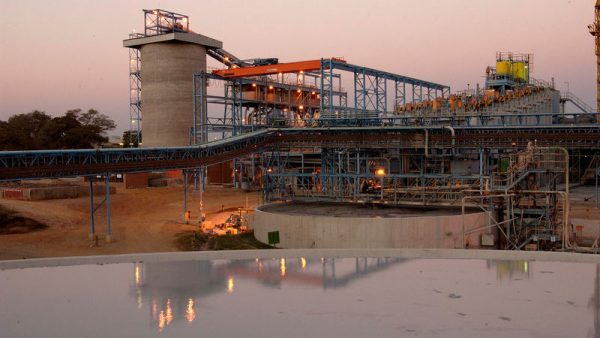Sibanye-Stillwater may wind down its three South African gold mines in the next decade or so as it becomes harder to exploit ageing assets in an industry that was once the world’s largest.
The company is among the few remaining South African gold producers squeezing profits from mines that are among the deepest in the world and are becoming more costly to run. Sibanye, which also mines platinum-group metals in southern Africa and North America, may look at gold assets outside South Africa as it winds down the three sites there.
Unless gold prices move much higher and the investment environment improves, Sibanye is unlikely to exploit its Beatrix mine beyond about five years’ time, spokesperson James Wellstedsaid. Driefontein — once Africa’s biggest gold mine and which now goes 4 km underground — will run out around 2030, and Kloof about three years after that.
Did you know Sibanye Stillwater is a 50% shareholder of Mimosa with the other 50% belonging to Impala Platinum the company that owns ZIMPLATS
Producers Gold Fields and AngloGold Ashanti have also shifted focus to more lucrative gold mines elsewhere in Africa, Australia and the Americas as they grapple with the costs and safety challenges of operating mines in the country. It’s currently not worthwhile spending money on extending the life of some mines, even after bullion’s rally to a record last year.
“These mines have got a finite life, some of them are more than 70 years old, so they can’t go on forever,” Wellsted said in an interview. An “investment decision requires a lot of things and at the moment it’s not warranted, the gold price is not high enough.”
The appeal of investing in the sector has waned amid regulatory uncertainty, high power and labor costs as well as community protests and violence, Wellsted said. The three mines that Sibanye plans to run down produced gold at an average all-in sustaining cost of $1 406/oz last year, and prices need to be much higher to invest in extending their lives, he said.
Sibanye, which was spun off from Gold Fields’s oldest South African mines in 2013, employs about one-third of the roughly 93,000 workers in the nation’s gold industry.
The company will consider acquiring gold operations elsewhere in the world, and dealmaking CEO Neal Froneman in March said he’s prepared to spend as much as $5 billion on assets with an annual output of more than one million ounces.
In South Africa, “the industry is a shadow of what it used to be,” Wellsted said. “As we get deeper and as cost pressures increase, you can’t continue to mine unless there is some sort of huge change in the industry, technological or other, that changes the fortunes.” – Mining Weekly
About Sibanye Stillwater
Sibanye-Stillwater is a leading international precious metals mining company, with a diverse portfolio of platinum group metal (PGM) operations in the United States (US), South Africa, and Zimbabwe, gold operations and projects in South Africa, and copper, gold and PGM exploration properties in North and South America. Recently, Sibanye diversified its portfolio geographically and by commodity – with the acquisition of a 30% stake in a lithium hydroxide project in Finland.
It is the world’s largest primary producer of platinum, the second-largest primary producer of palladium and a top-tier gold producer, ranking third globally on a gold-equivalent basis, as well as a significant producer of rhodium and other PGMs and associated minerals such as chrome. It is also a globally leading recycler and processor of spent PGM catalytic converter materials.
.png)




